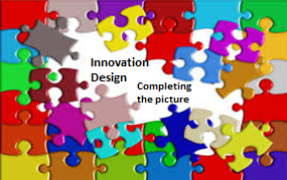 In business, the future narrative is becoming vital. We all should care about the future and it becomes so important for us all to identify or not, as this gives us our identification.
In business, the future narrative is becoming vital. We all should care about the future and it becomes so important for us all to identify or not, as this gives us our identification.
I have found that narratives are becoming increasingly important to explain ‘things’. I’m re-learning this ‘art’ to tell a compelling story.
Our stories can combine much, communities can identify or reject, we can begin to explain complex stories by presenting a well-designed narrative that presents the arguments. It can explain the connections and outline the issues, both in terms of risk and opportunity.
I think business narratives will become essential for our organizations to use to explain where they are and what they see as their future.
A good business narrative should fill a real knowledge gap
Continue reading “Describing the future by using the business narrative”







